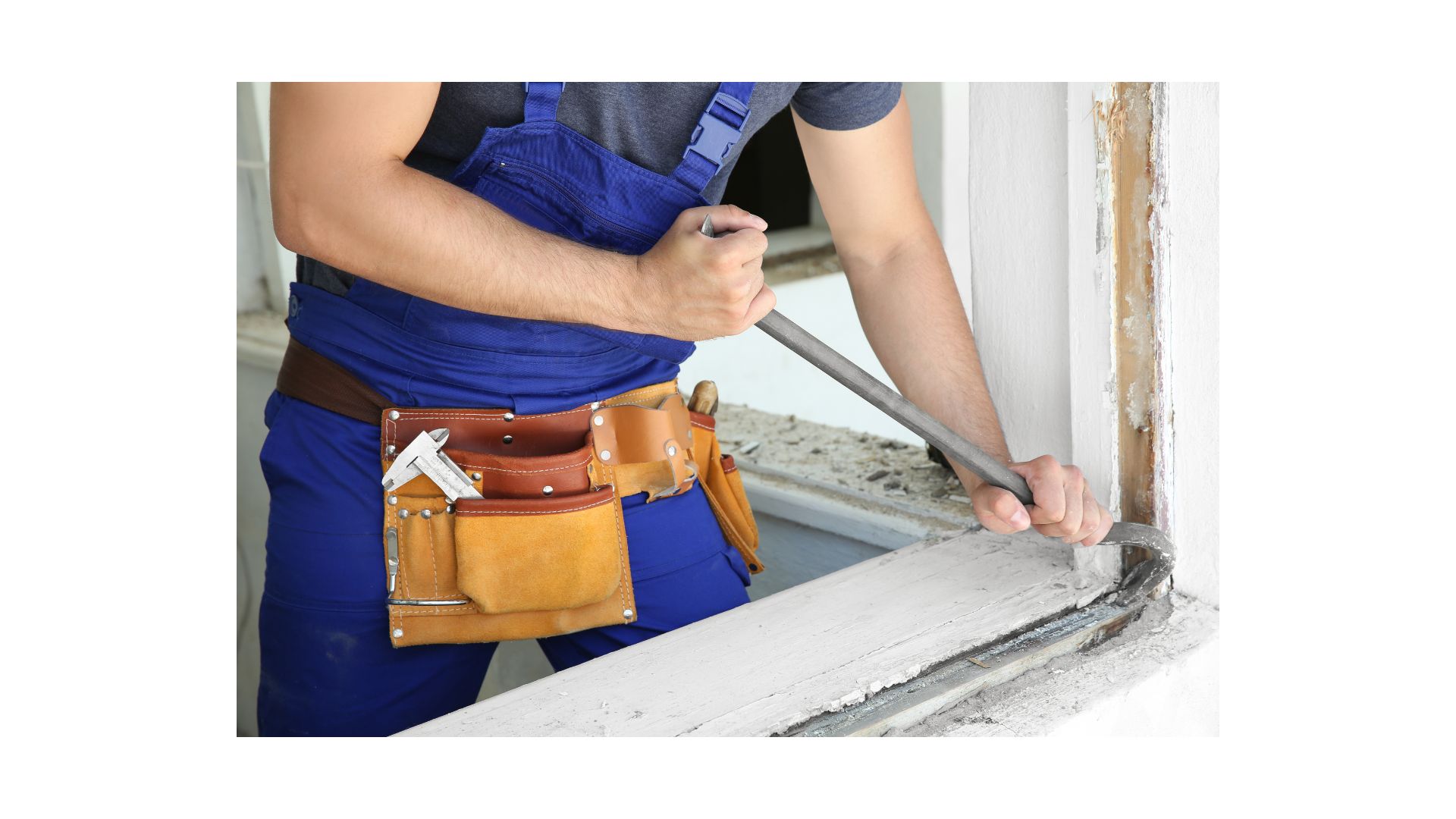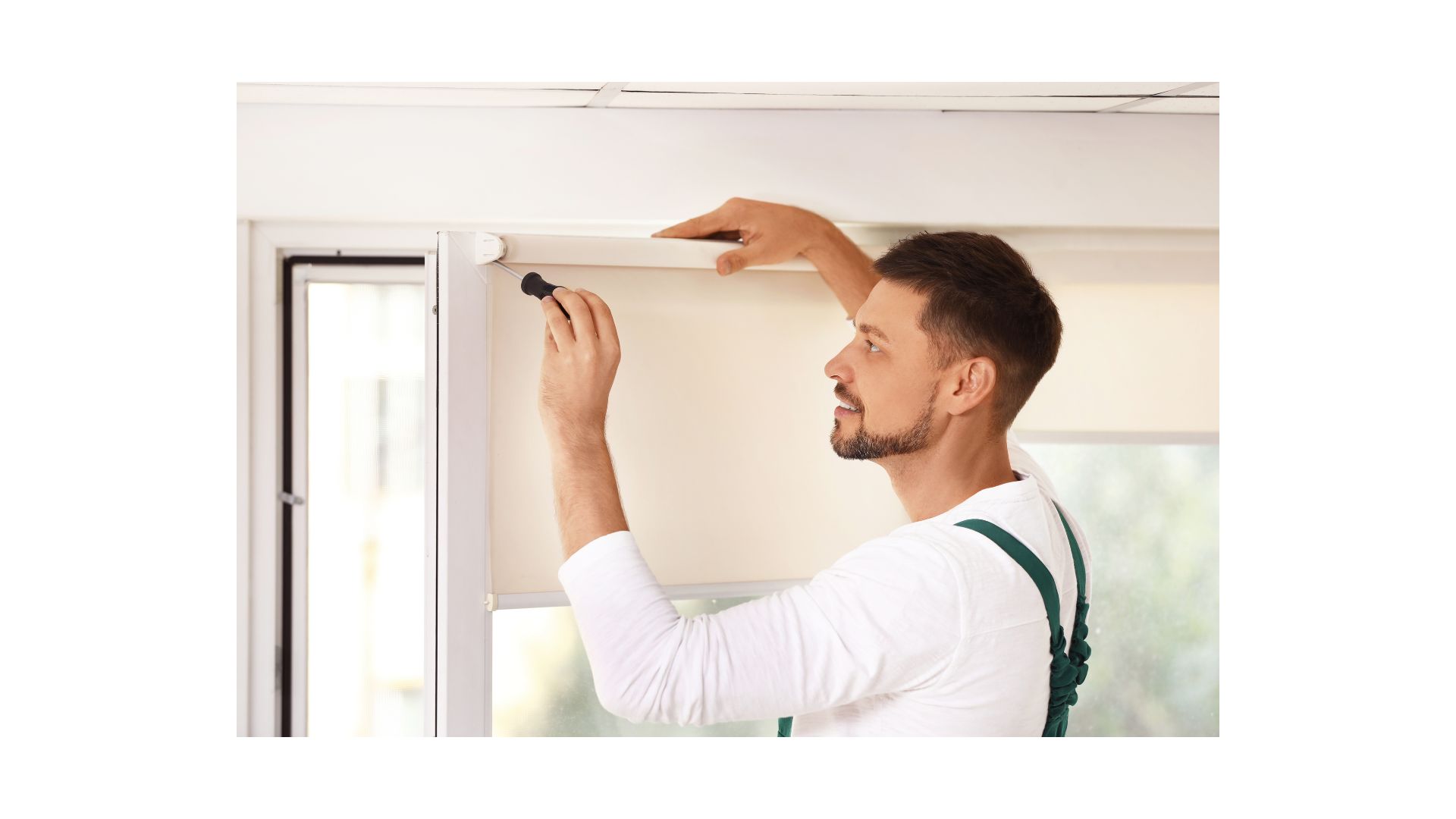
The Top Signs That It’s Time for a Window Replacement
Windows play a crucial role in our homes, providing natural light, ventilation, and a connection to the outdoors. However, like any other component of your house, windows deteriorate over time and eventually need replacement. Recognizing when it’s time to replace your windows can save you from a host of issues, ranging from energy inefficiency to compromised security. In this blog post, we’ll explore the top signs that indicate it’s time to invest in new windows. From drafts and excessive noise to visible damage and difficulty in operation, these indicators can help you assess the condition of your windows and make informed decisions about replacements. Whether you’re a homeowner looking to improve comfort and energy efficiency or a real estate investor aiming to enhance property value, understanding these signs is essential for maintaining a functional and aesthetically pleasing home. Let’s delve into the telltale signs that suggest it’s time for a window replacement.
Drafty Windows: How to Identify, Address, and Replace Them for Enhanced Comfort and Energy Efficiency
Drafty windows can be a nuisance, causing discomfort and driving up energy bills. Understanding the causes and solutions for drafty windows is crucial for maintaining a comfortable indoor environment and improving energy efficiency. In this guide, we’ll explore what causes drafty windows, how to identify them, and the steps to address and replace them effectively.
Understanding the Causes of Drafty windows: Drafty windows are often caused by gaps and leaks around the window frame, sashes, or glass. Over time, seals can deteriorate, allowing air infiltration. Poor insulation or inadequate weather stripping can also contribute to drafts. Factors such as age, exposure to weather elements, and the quality of window installation play a significant role in the development of drafts.
Identifying Drafty Windows: Feeling a noticeable draft near windows, even when they are closed, is the most obvious sign of a drafty window. Use a candle or lighter to detect drafts by observing the flame flickering near window seams or frames. Check for visible gaps or cracks around the window frames, sashes, or between window components. Condensation or frost buildup on windows can also indicate air leaks.
Addressing Drafty windows: Start by caulking any visible gaps or cracks around the window frames and sashes using weatherproof caulk. Replace worn-out or damaged weather stripping to ensure a tight seal when the window is closed. Install draft stoppers or draft snakes at the bottom of windows to prevent cold air from entering. Consider using window insulator kits or applying window film to improve insulation and reduce drafts. For temporary relief, use draft blockers or insulating curtains to minimize drafts during colder months.
Knowing When to Replace Windows: If drafts persist despite attempts to address them, it may be time to consider window replacement. Windows with visible damage, such as cracked glass, warped frames, or rotted wood, should be replaced. Older windows with single-pane glass or outdated frames are less energy-efficient and may benefit from replacement with modern, energy-efficient options. Upgrading to Energy Star certified windows can significantly reduce energy costs and improve indoor comfort.
Choosing Replacement Windows: When selecting replacement windows, consider factors such as energy efficiency ratings, frame materials, and style options. Opt for double or triple-pane windows with low-emissivity (low-E) coatings and argon or krypton gas fill for maximum energy efficiency. Vinyl, fiberglass, or composite frames offer durability, low maintenance, and excellent insulation properties. Choose window styles that complement your home’s architecture and provide optimal ventilation and natural light.
Visible Damage: When to Replace Your Windows to Safeguard Your Home and Comfort
Visible damage to windows not only detracts from the aesthetic appeal of your home but also compromises its functionality and energy efficiency. Recognizing the signs of window damage and understanding when replacement is necessary are essential for safeguarding your home and maintaining indoor comfort. In this comprehensive guide, we’ll delve into the various forms of visible window damage, their implications, and the steps to take for effective replacement.

Types of Visible Window Damage
Cracks and Chips: Cracked or chipped window glass not only affects the appearance of your windows but also poses safety hazards and compromises insulation. Warped Frames: Warping of window frames due to moisture damage or age can lead to difficulty in operation, air leaks, and reduced energy efficiency. Rotted Wood: Wooden window frames that have begun to rot due to moisture infiltration are not only unsightly but also structurally compromised, posing risks of further damage and even pest infestation. Foggy or Cloudy Panes: Condensation between double or triple-pane windows indicates seal failure, leading to reduced visibility and diminished insulation properties.
Implications of Visible Window Damage
Aesthetic Decline: Visible window damage detracts from your home’s curb appeal and can affect its overall market value. Energy Inefficiency: Cracks, warping, and seal failure compromise the ability of windows to insulate, leading to energy loss and increased utility bills. Security Risks: Damaged windows are easier for intruders to breach, compromising the safety and security of your home and its occupants. Structural Integrity: Rotted or deteriorated window frames can compromise the structural integrity of walls and contribute to moisture-related issues such as mold and mildew growth.
Identifying Visible Window Damage
Regularly inspect windows for cracks, chips, warping, and signs of rot or decay. Look for fogging or condensation between window panes, indicating seal failure. Check for drafts or air leaks around windows, which can signify damage to seals or frames. Pay attention to any difficulty in opening, closing, or locking windows, as this may indicate structural issues.
Addressing Visible Window Damage
For minor damage such as small cracks or chips, repairs may be possible using glass epoxy or specialized sealants.Warped frames can sometimes be corrected through adjustments or reinforcement, but severe warping may necessitate replacement. Rotted wood frames should be replaced entirely to prevent further structural damage and ensure proper sealing. Foggy or cloudy window panes due to seal failure require replacement of the affected glass or the entire window unit.
The Importance of Timely Window Replacement
Prompt replacement of damaged windows is crucial to prevent further deterioration and mitigate potential risks to home safety and comfort. Upgrading to modern, energy-efficient windows not only addresses visible damage but also improves insulation, enhances security, and enhances the overall aesthetics of your home. Energy Star certified windows can significantly reduce energy costs and contribute to a more sustainable living environment.
Conclusion
Recognizing the signs indicating the need for window replacement is crucial for maintaining energy efficiency, comfort, and aesthetics in any property. With EZ Window Solutions of Akron, residents in Ohio, USA, can address issues such as draftiness, rising energy bills, and outdated appearances promptly and effectively. By calling +13303682260, homeowners in Akron can rely on professional expertise to assess, recommend, and install the most suitable window solutions tailored to their needs, ensuring a seamless transition to improved functionality and enhanced aesthetics for their homes.


Write a Comment